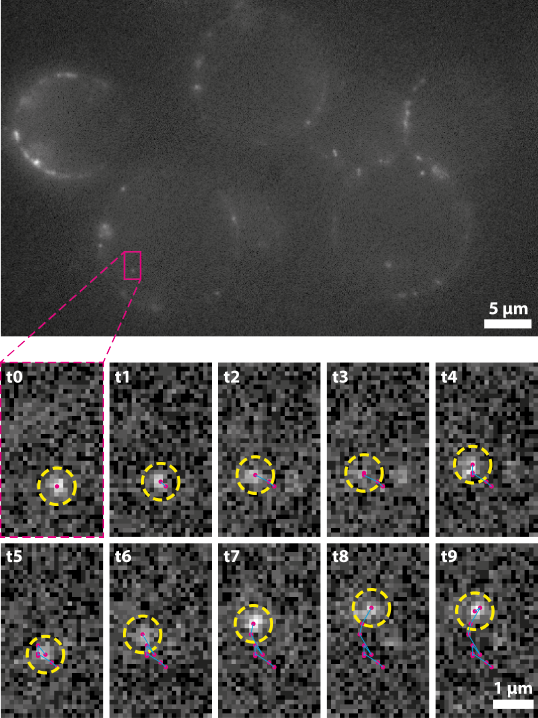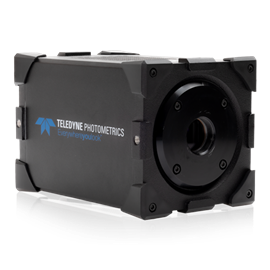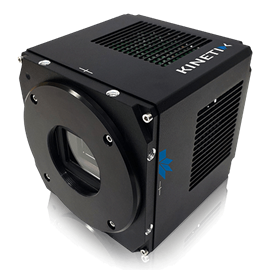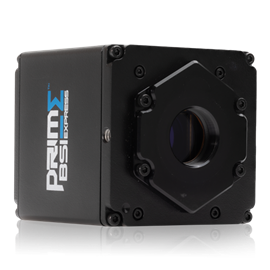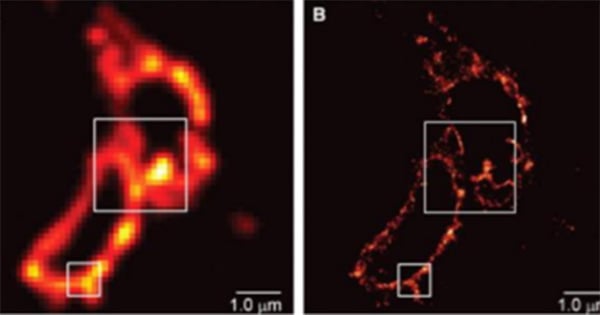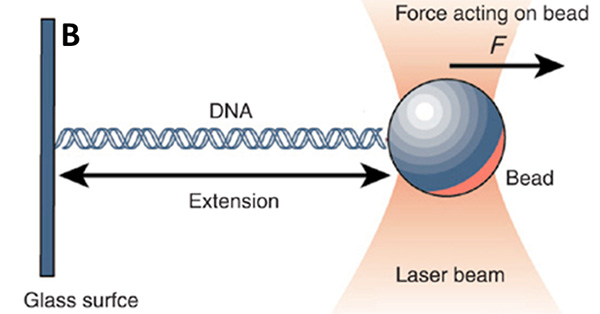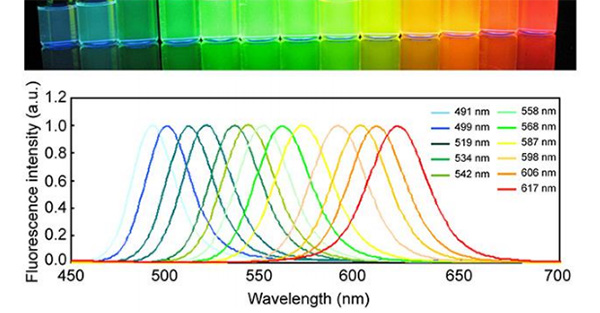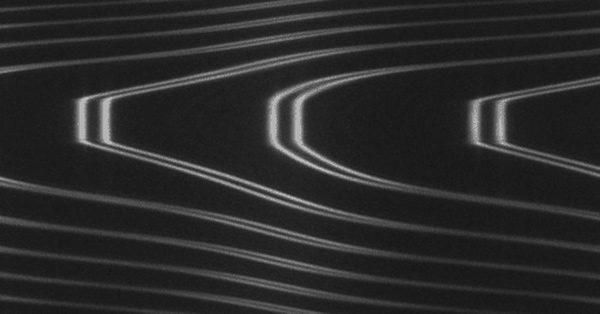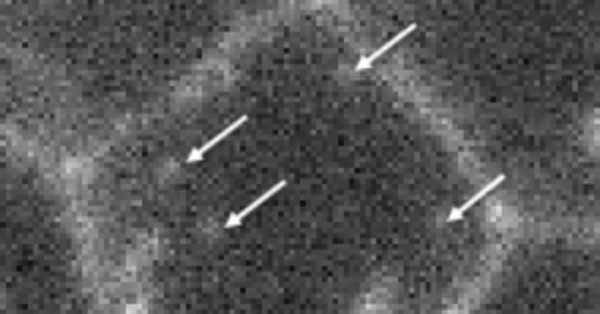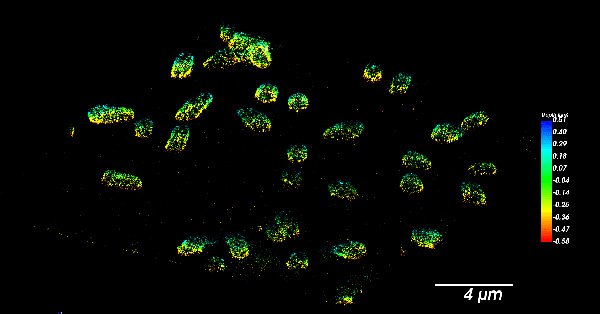Classical biological techniques focus on describing the behavior of large ensembles of molecules. However, this doesn’t allow for the identification of subpopulations within the ensemble or show how these subpopulations behave under differing experimental conditions. The only way to investigate the behavior of single molecules or subpopulations is under strict experimental conditions, guaranteeing that each molecule is in the same state, one at a time.
Single-molecule fluorescence microscopy represents a subset of fluorescence microscopy that uses fluorescent tags to detect and analyze individual single molecules. This allows the activity of single molecules to be visualized with high signal-to-noise without disturbing the physiological conditions of the biological system.
Single molecule imaging is typically a very low-light technique so one of the main challenges is to collect as many of the emitted photons as possible to maximize signal to noise ratio so a highly sensitive camera is desired.
